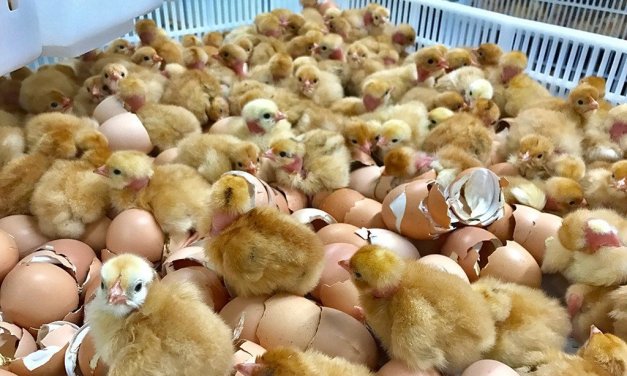Staff writer
The soon to be launched Presidential Rural Poultry Scheme is set to change lives by increasing rural income through commercializing rural poultry production.
The poultry scheme, which is set to provide a new revenue stream for rural families, comes as a huge boost to rural communities who usually do not have any commercial activities after harvesting.
“Most rural households in Zimbabwe produce poultry for their own consumption and little is left for resale. However, the Presidential scheme seeks to revolutionise poultry projects with the view to increase production for re-sale.
“They now need to add a business edge and do it commercially so the way they will perform will set a precedent that will influence how the programme will run elsewhere,” said Minister of Lands, Agriculture, Fisheries, Water and Rural Resettlement, Dr Anxious Masuka.
As of now, at least 1.8 million households are participating in the pilot programme, which requires them to tap into traditional knowledge of rearing indigenous poultry - chickens, ducks, turkeys and guinea fowls.
In a report on the State of Preparedness for the 2021/22 Agricultural Season, Minister Masuka said the Presidential Poultry scheme targets to commercialize rural poultry production and increase rural income.
The scheme will see the distribution of free-range chicks to at least 1.8 million rural households in groups over a period of five years with the first group of beneficiaries expected to pass on two-month old chicks to the second group of beneficiaries, who will, in turn, pass on to the third group of beneficiaries.
As part of the package, participant households in the scheme will also be supplied with 10 unsexed chicks, 10 kg free range poultry starter mash and one sachet of vitamin stress mix pack each.
The breed of the chickens will include indigenous chickens such as Boschveld and Sasso.
The distributed chicks are expected to start production five months after distribution, with each hen expected to produce a minimum of four clutches (production cycles) per year.




